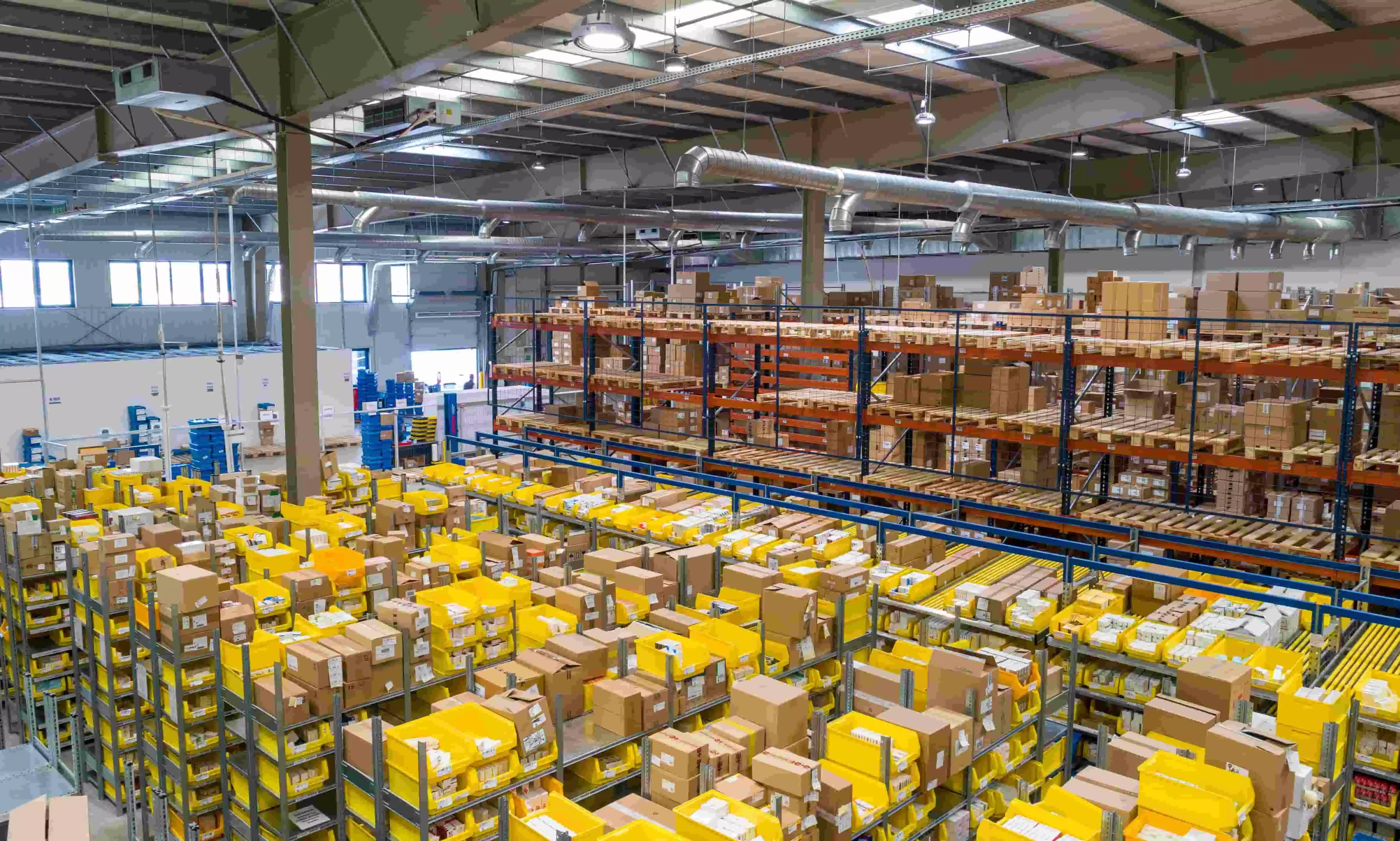Industrial, warehousing absorbed 22 mn sq ft in H12023: Savills India
Tier I cities accounted for 75 percent of the total absorption in the first half of 2023, while tier II and III contributed the remaining 25 percent.

In H1 2023, the industrial and warehousing sector recorded a total absorption of 22 million sq. ft., indicating a 7 percent increase compared to the 21 million sq. ft. absorbed in the first half of 2022.
Tier I cities accounted for 75 percent of the total absorption in the first half of 2023, while tier II and III contributed the remaining 25 percent. The industrial and warehousing sector also witnessed a new supply of 27 million sq. ft. during the same period, reflecting a 36 percent growth from the 20 million sq. ft. recorded in the first half of 2022, according to the latest research by Savills India, an International real estate advisory firm.
The demand for Grade A warehousing and ready-fitted-out factory space has seen a substantial surge in recent years. This surge can be attributed to several emerging trends such as the emphasis on quality and compliance, as well as changing occupier preferences to meet ESG (Environmental, Social, and Governance) standards. Consequently, there has been a consistent rise in the proportion of Grade A space demanded across cities. In the first half of 2023, Grade A space accounted for 53 percent of the total absorption in the country, marking a significant increase from 36 percent in the first half of 2022.
Tier II and III cities are witnessing significant growth as prominent hubs for sourcing and consumption, easing distribution. As a result, these cities witnessed a notable 22 percent year-on-year growth in absorption, increasing from 4.1 million sq. ft. in the first half of 2022 to 5.0 million sq. ft. in the first half of 2023. Among the Tier I cities, Mumbai emerged as the leading city with the highest absorption accounting for 18 percent of the total absorption in the country. It was closely followed by Delhi-NCR with 14 percent and Pune with 10%. Bengaluru and Chennai recorded an absorption of 9% each.
“Driven by inherent domestic demand and the expansion of distribution networks in tier II and tier III cities, the industrial and logistics sector is on a growth path. The 3PL, manufacturing, urban warehousing and retail sectors are likely to contribute significantly to the absorption. We expect absorption in excess of 40 million sq. ft in 2023”. Srinivas N, Managing Director, Industrial and Logistics, Savills India.
In the last couple of years, the 3PL sector has played a significant role in driving demand, accounting for approximately 40% to 50% of the total demand. The manufacturing sector has also gained momentum due to increased activity backed by various incentive schemes. In H1 2023, the 3PL sector continued to drive warehousing demand, accounting for 44 percent of the total absorption, a notable increase from 37 percent in H1 2022. The manufacturing sector followed at 22%, while the retail sector accounted for 13%, and the FMCG/FMCD sector accounted for 6 percent.
India has established multiple industrial corridors with planned Multi Modal Logistics Parks (MMLP’s) along with government and private industrial parks to support and promote growth. The government has identified over 4.5 lakh hectares of land across several states which could potentially be offered for establishing industrial & logistics hubs. In H1 2023, the market witnessed transactions of close to 1,500 acres of manufacturing and warehousing land in the country of which 72% was for manufacturing purpose, 22 percent was for warehousing and 5 percent for mixed use (both manufacturing & warehousing) development. Additionally, more than 50% of the transactions were dedicated to captive usage.



